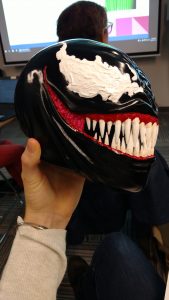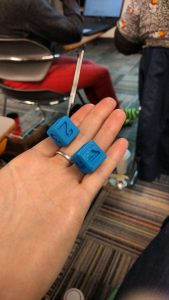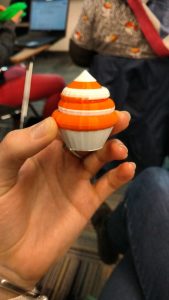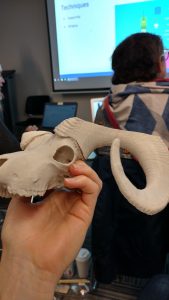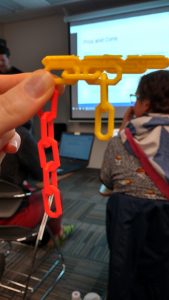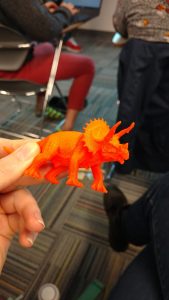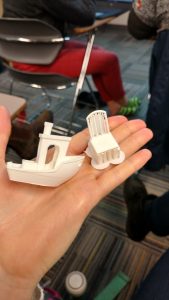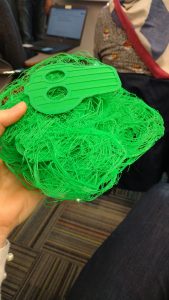We had a teacher from Calgary videoconference with us this morning and she told us about her experience with distributed learning in public schools. Unfortunately, her internet connection was pretty poor, so I only got snippets of her presentation.
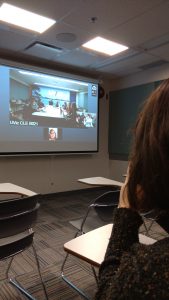
Distributed learning is a general term used to describe a multi-media method of instructional delivery that includes a mix of Web-based instruction, streaming video conferencing, face-to-face classroom time, distance learning through television or video, or other combinations of electronic and traditional educational models.
This teacher had her students go through a Google search course she designed because she discovered that high school students don’t know how to search for things themselves.
She got her class to think about who their online audience is and:
– digital stories
– how do I tell stories from data?
She also asked them:
What do you already know about the topic at hand?
What do you want to know more about?
How to get kids interested in all the subjects?
You focus on the subject, not the topic. For example, for the kid interested in trains, ask yourself; What is the thing they’re super into? And then linking that to all the subjects.
Drawing trains (art), books that were written with trains in them (literacy), the history of trains (social studies), mathematical calculations of train tracks (math).
Distributed Learning
I am hopeful about distributed learning – with better and better technology every year I do think distributed learning can create an authentic learning experience.
OpenEd Resources Presentations
Independent, non profit organization dedicated to helping kids thrive in a digital world that is rapidly changing. Copyright is often waived.
There are lots of barriers for folks living elsewhere (different school have different resources due to $$ differences) so OpenEd creates equal access for all learners.
Creative Commons
Open Education Consortium
Open Educational Resources Commons (OER)
Mathsthroughstories.org
Lumen
Merlot
Curriki
Common sense education
Teachers can use this aspect to locate webinars for professional development.
– finding balance in our digital lives
– digital footprint and well-being
3D Modeling Presentation
Software and Hardware
3D Modeling
Tinkercad https://tinkercad.com
Pre-designed Model Sites:
Thingiverse.com
Myminifactory.com
Hardware
3d printer
Filament
Computer
3d print software
You can also recycle filaments by reheating it and putting it back into a filament coil.
Great presentation, I learned so much. I thought only engineers/architects/mechanical engineers used 3D printing!
